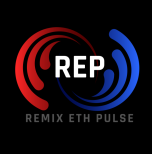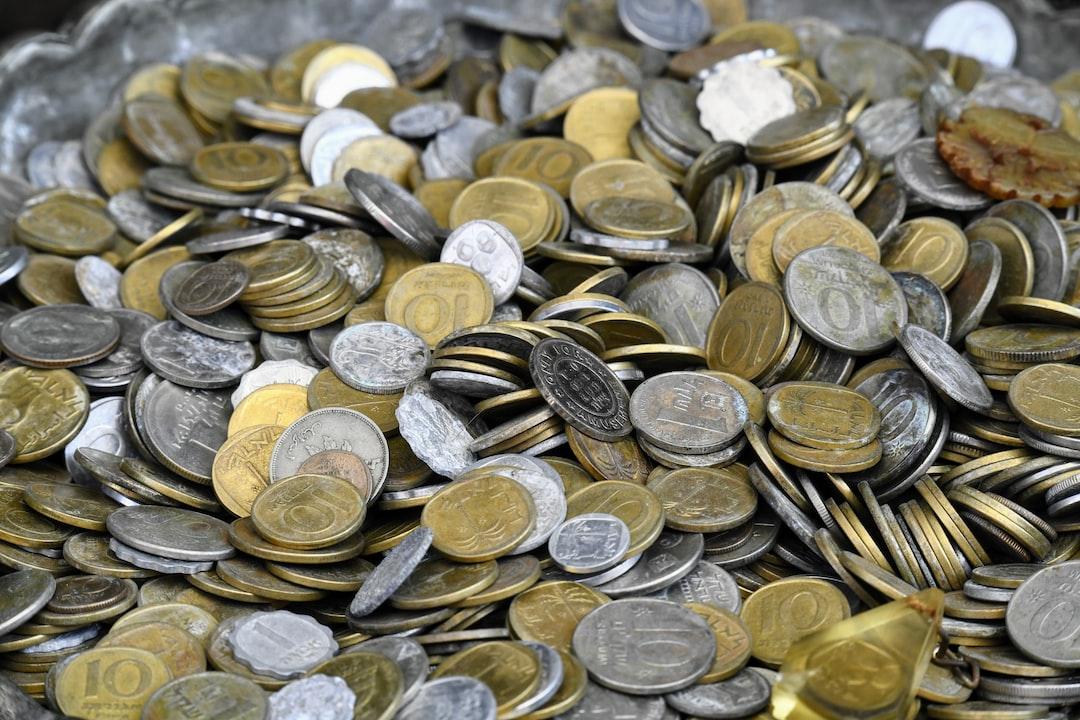**Hong Kong’s Web3 Policy and Ecological Transformation**
The global Web3 spotlight is now focused on Hong Kong. The premier industry event, Consensus, has landed in Hong Kong for the first time this week, attracting over ten thousand professionals to the convention center, reigniting the crypto frenzy along the shores of Victoria Harbour.
The Consensus conference in Hong Kong serves not only as a showcase for global Web3 innovation but also as a milestone in Hong Kong’s Web3 strategy. Since the release of the “Policy Declaration on the Development of Virtual Assets in Hong Kong” in October 2022, Hong Kong has been accelerating the construction of a bridge connecting traditional finance and the crypto world through a “regulation first, ecosystem development” approach, becoming an indispensable part of the global Web3 landscape.
As industry observers, OKG Research has been continuously tracking the development of Hong Kong’s Web3 policies since 2022, focusing on ecological and technological innovations. We have produced over 30 in-depth articles on hot topics such as VASP, stablecoins, and RWA tokenization, and established column content collaborations with mainstream media in Hong Kong, including Sing Tao Group and Ta Kung Wen Wei Media Group, to continuously deliver industry insights.
Taking this opportunity at the Consensus conference, we systematically re-examine the core context of Hong Kong’s Web3 ecosystem and launch the “HK Web3 Frontline” special report, hoping to provide a comprehensive understanding of the evolution of Hong Kong’s Web3 ecosystem.
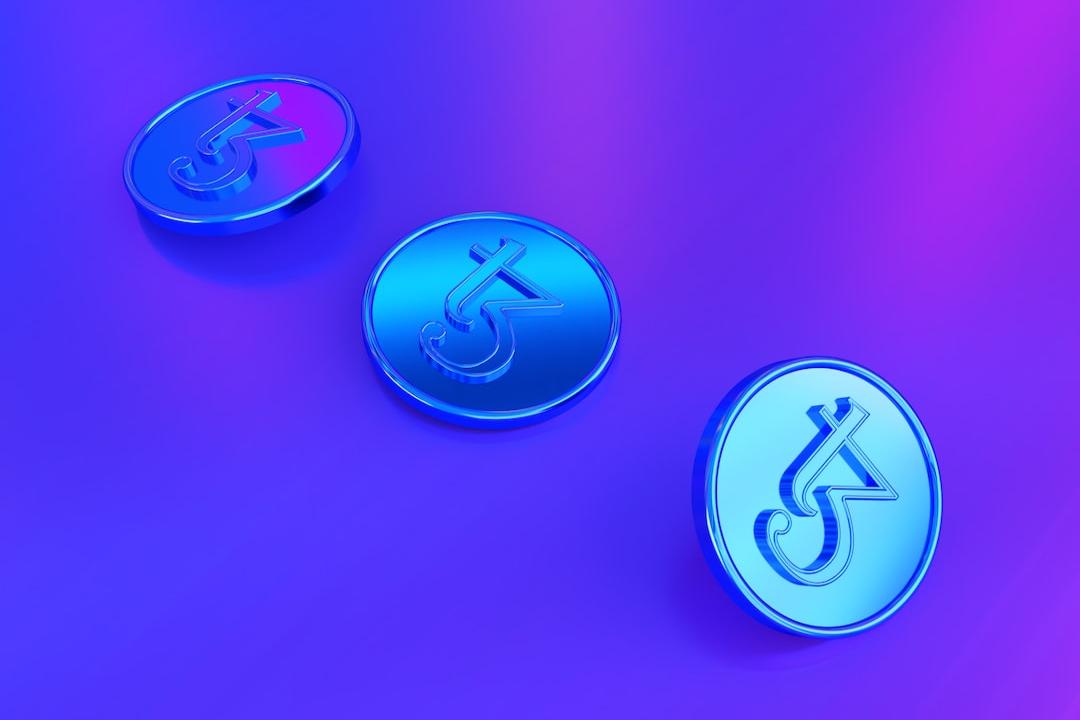
**I. Regulation First: An Ordered Exploration of Web3 Compliance Boundaries**
If we liken Hong Kong’s Web3 ecosystem to a building, a reliable and applicable regulatory framework serves as its foundation. Since the policy declaration was published at the end of 2022, Hong Kong has been continuously reviewing and improving its regulatory system to promote the autonomous evolution of the virtual asset ecosystem within safe and compliant boundaries.
By establishing a comprehensive regulatory framework covering virtual asset exchanges, stablecoin issuers, custodial service providers, and over-the-counter trading activities, Hong Kong has paved the way for value interconnectivity and long-term innovation in the financial market.
These initiatives have not only enhanced the credibility of Hong Kong’s virtual asset market but have also been attracting capital and enterprises. As of the end of 2024, nearly 300 Web3 companies have already gathered at Hong Kong’s Cyberport, accumulating over HK$400 million in financing.
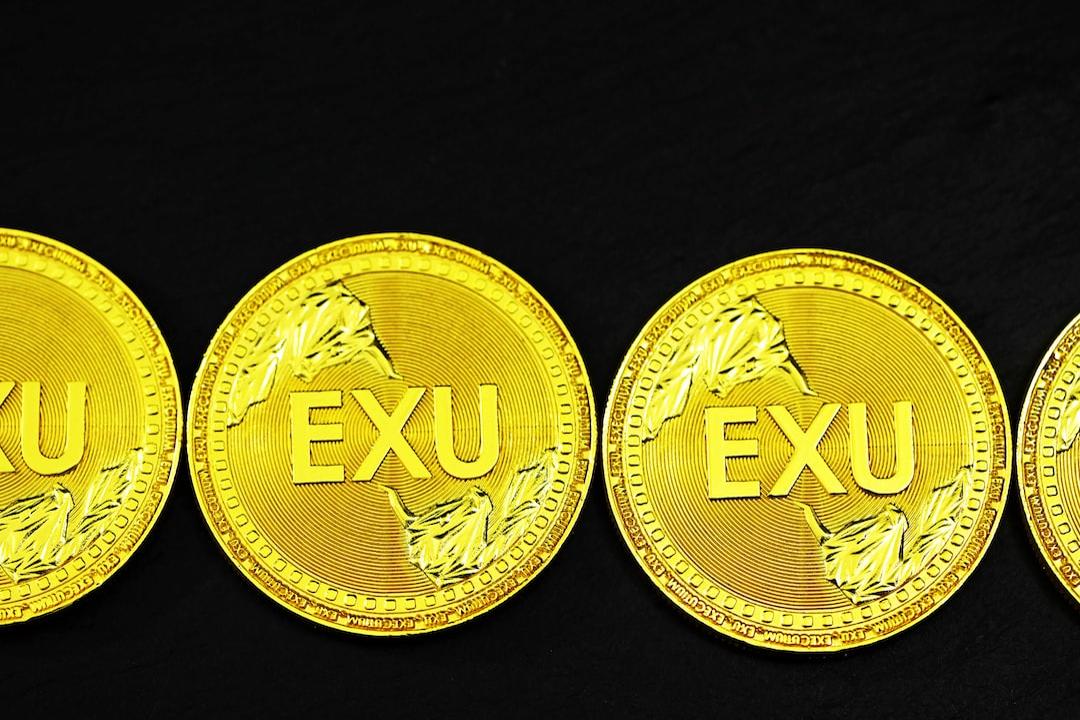
However, the global Web3 landscape has undergone significant changes over the past two years. With Trump’s return to the White House, the regulatory climate for crypto in the United States has markedly improved, as the previously sustained high-pressure punitive regulatory model is fading. Regions such as Singapore and Dubai continue to release crypto-friendly signals.
As the narrative of “the East rising and the West declining” fades, and as global Web3 competition intensifies, how should Hong Kong seize this wave of innovation?
OKG Research has previously suggested that Hong Kong’s development of Web3 and virtual assets should not only be pragmatic but also practical: the Hong Kong government is focused on technological innovations and applications that can have a substantive impact on the economy and society. Hong Kong Securities and Futures Commission CEO Ashley Alder also expressed a similar view during the Consensus conference, stating, “The second trend shaping the future financial landscape is the integration of Web3 innovation into the real economy.”
At the same time, despite the fact that the market share of crypto assets in the global financial system is less than 1%, their rapid expansion and increasing correlation with mainstream financial assets mean that their risks can no longer be ignored. Historically, Hong Kong and the United States may have appeared to diverge at various points, but in reality, they share a common goal: to maintain innovation activities while preventing the potential financial risks posed by this new category of assets.
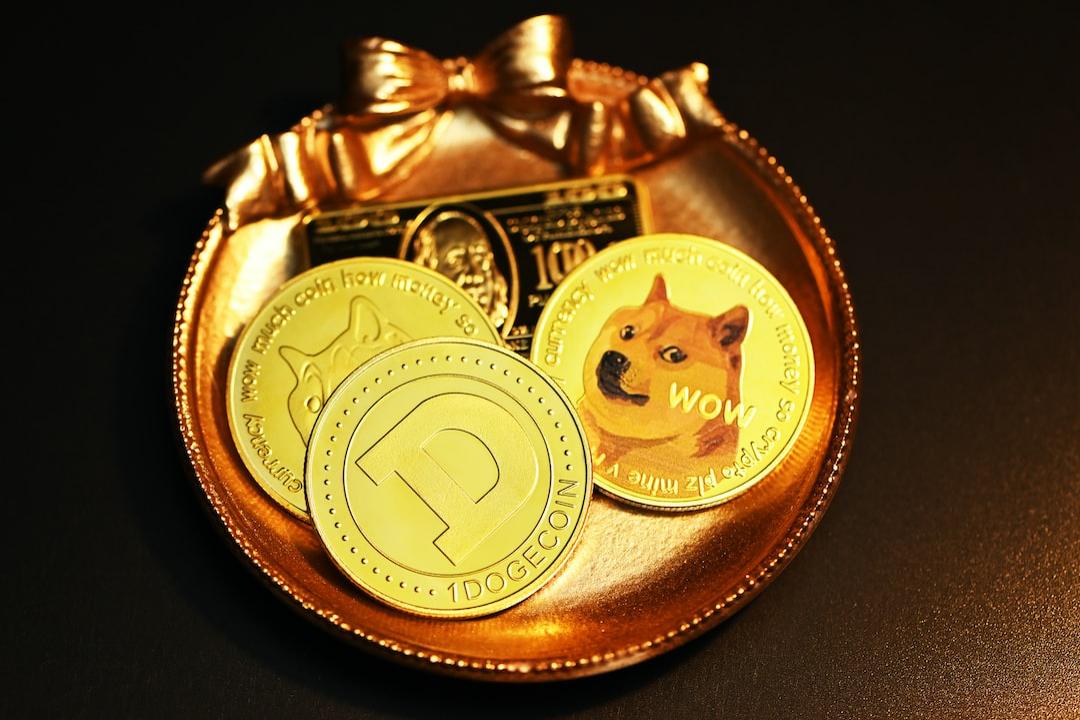
**II. HKD Stablecoin: Hong Kong’s Financial Ambition**
Stablecoins emerged as a hot topic at this year’s Consensus and have been a focal point of Hong Kong’s attention and investment over the past two years. Reports indicate that Standard Chartered Hong Kong, Ant Group, and Hong Kong Telecommunications are set to establish a joint venture to apply for a license from the Hong Kong Monetary Authority to issue a stablecoin pegged to the Hong Kong dollar. The issuer of USDC, Circle, has also announced plans to collaborate with Hong Kong’s three major note-issuing banks to launch HKDCoin, which is pegged to the Hong Kong dollar at a 1:1 ratio.
While it is uncertain how much market share the HKD stablecoin can capture in an environment dominated by US dollar stablecoins, developing an HKD stablecoin is an inevitable choice for Hong Kong to take the initiative in Web3 development and seize future financial opportunities.
The connection channel with fiat currency is currently the most valuable and easy-to-develop scenario in the crypto ecosystem, and stablecoins are essential infrastructure for building this channel. Furthermore, the next phase of development for Hong Kong’s Web3 focuses on breaking down barriers between the virtual and real worlds, with stablecoins serving as the core link connecting traditional finance and the crypto world, potentially becoming widely accepted payment tools.
However, how should the HKD stablecoin be issued? How should Hong Kong regulate it? Which institutions will be the first to take the plunge? The piece “Seven Questions on HKD Stablecoin: Issuance Logic, Regulatory Rules, and Potential Impact” provides answers and suggests that currently, stablecoins not backed by US dollar assets cannot compete with US dollar stablecoins in the short term. However, through innovative mechanisms (such as interest-earning stablecoins) and application innovations (such as RWA), the HKD stablecoin is expected to avoid direct competition with US dollar stablecoins, attracting a more diverse range of institutions and users to participate.

Of course, we need to differentiate between the HKD stablecoin and the digital Hong Kong dollar. Although there may be potential competition between the two in the short term, they are expected to achieve resource sharing and complementary advantages in the future: the HKD stablecoin will far surpass the digital Hong Kong dollar in terms of utilization, scalability, and user-friendliness in the virtual asset market, while the digital Hong Kong dollar will lead in value support and reliability.
**III. RWA Tokenization: From Concept to a Trillion-Dollar Market Division**
RWA has undoubtedly been the hottest concept at this year’s Consensus. “RWA tokenization is not a trend, but an inevitability,” asserted John Cahill, head of digital assets at Morgan Stanley, at the “Institutional Investor Summit,” revealing the common strategic shift among today’s traditional financial giants.
OKG Research previously stated in 2023 that RWA is an important area for Hong Kong to focus on and invest in long-term. How to tokenize the massive traditional assets represents the biggest development opportunity for Hong Kong’s virtual asset industry.
Now, Hong Kong is actively embracing the wave of RWA tokenization. The 2024 policy address proposed promoting RWA tokenization and the development of a digital currency ecosystem, while the Hong Kong Monetary Authority launched a “Digital Bond Funding Scheme” to encourage the capital market to adopt tokenization technology. During the Consensus conference, the Secretary for Financial Services and the Treasury, Christopher Hui, also mentioned that Hong Kong is considering promoting gold tokenization.
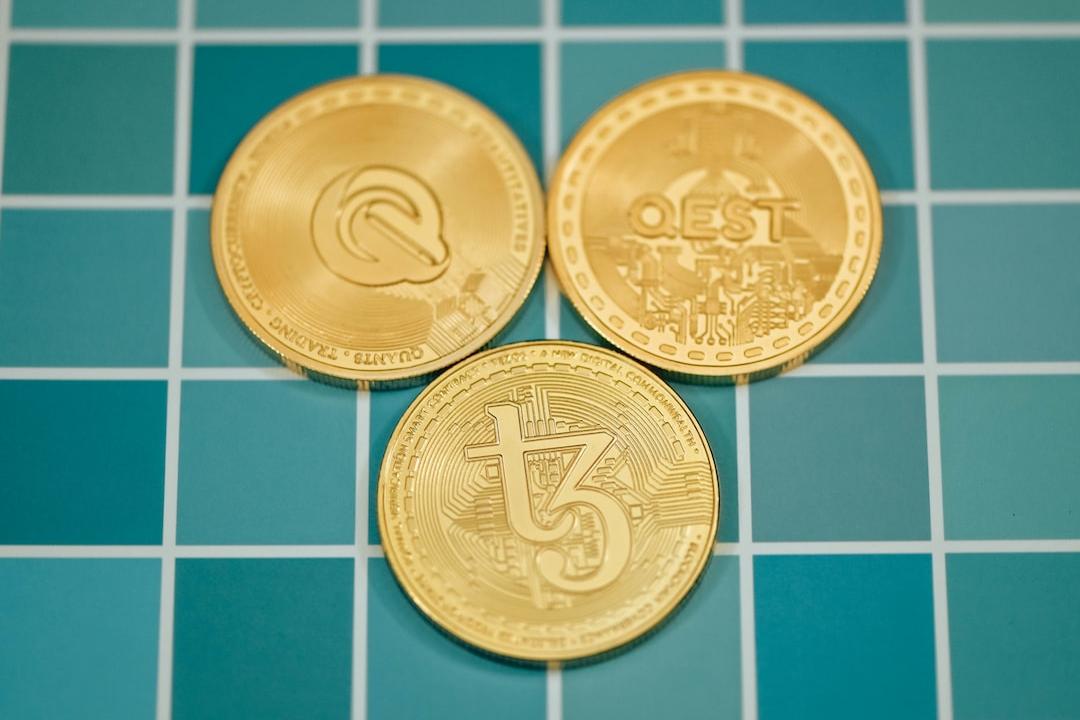
However, the narrative of tokenization is currently not led by Web3 but is more dependent on Web2 institutions, which need sufficient motivation to change the status quo and bring their assets on-chain and tokenize them. This is not easy for traditional institutions: any new technology attempting to migrate traditional assets/businesses to new domains often struggles to achieve quick success because the incremental value it creates may not be large enough, while the costs involved are often high. RWA is no exception.
However, as Wall Street in the United States accelerates its layout in the tokenization market, Hong Kong urgently needs more resourceful and asset-rich institutions to actively participate in tokenization innovation to gain more initiative in the transformation, thus avoiding being rapidly left behind in the competition with the United States. How to stimulate market vitality remains a significant challenge.
**IV. ETF and OTC: The “Duel” of Funding Channels**
Another key initiative for Hong Kong’s Web3 development in 2024 is the launch of virtual asset spot ETFs. From the clear acceptance of related applications at the end of 2023 to the official listing of six virtual asset spot ETFs on the Hong Kong Stock Exchange approved by the Hong Kong Securities and Futures Commission by the end of April, the timeline of just over a hundred days reflects the “speed” and “efficiency” of Hong Kong’s regulatory authorities.
The introduction of virtual asset spot ETFs opens up another funding channel for a wide range of investors to invest in crypto assets. By the end of 2024, the total asset management scale of Bitcoin spot ETFs in Hong Kong has exceeded HK$3 billion, accounting for 0.66% of the total ETF market in Hong Kong.
Compared to the United States, the main advantages of Hong Kong’s virtual asset spot ETFs lie in supporting physical redemptions and the early launch of Ethereum spot ETFs; however, these have not led to sustained growth. Although the proportion of physical redemptions in ETF share issuance exceeded 50%, the Bitcoin holding community is reluctant to easily release liquidity due to macro expectations. Meanwhile, enthusiasm for Ethereum spot ETFs is affected by the lack of support for staking.
Currently, the staking yield for Ethereum is only about 3%, but from both narrative and economic perspectives, the additional income generated by staking is likely to be a crucial factor in attracting investors, particularly traditional financial investors, and is a primary characteristic distinguishing Bitcoin from Ethereum.
In addition to the ETF channel, Hong Kong has gradually formed a three-tier funding network comprising “licensed exchanges – compliant OTC – banks.” OKG Research has pointed out in “How Can Hong Kong’s Crypto Market Improve Liquidity?” that the current liquidity focus is on the OTC market.
While trading platforms remain the most critical infrastructure in the crypto market, recent trends show that crypto liquidity is gradually accumulating in the OTC market. Currently, the OTC market in Hong Kong handles nearly USD 10 billion in transactions annually, and thanks to the unique local presence of crypto exchange shops, it not only attracts young investors from around the world but also appeals to middle-aged and older participants.
In recent years, the Hong Kong OTC market has also attracted significant attention from users and institutions in international trade and cross-border payment fields, becoming another important channel for Hong Kong to gather global funds.
The Hong Kong government is considering bringing OTC under regulatory oversight. While this may impact trading activity in the short term, in the long run, it can help Hong Kong attract more compliant funds, while also providing another channel for the free flow of funds beyond licensed VATPs. Perhaps in the near future, a safe and compliant OTC market could not only help improve liquidity in the Hong Kong market but also become an essential channel connecting the crypto market and Web3 ecosystem with the real liquidity market.
Under the spotlight of Consensus 2025, Hong Kong has proven that it is not only a policy innovator but also an ecosystem builder. Regulation can be designed, technology can iterate, but only a profound respect for market rules is the ultimate weapon for navigating through cycles.
This article is collaboratively reproduced from: OKG Research.
